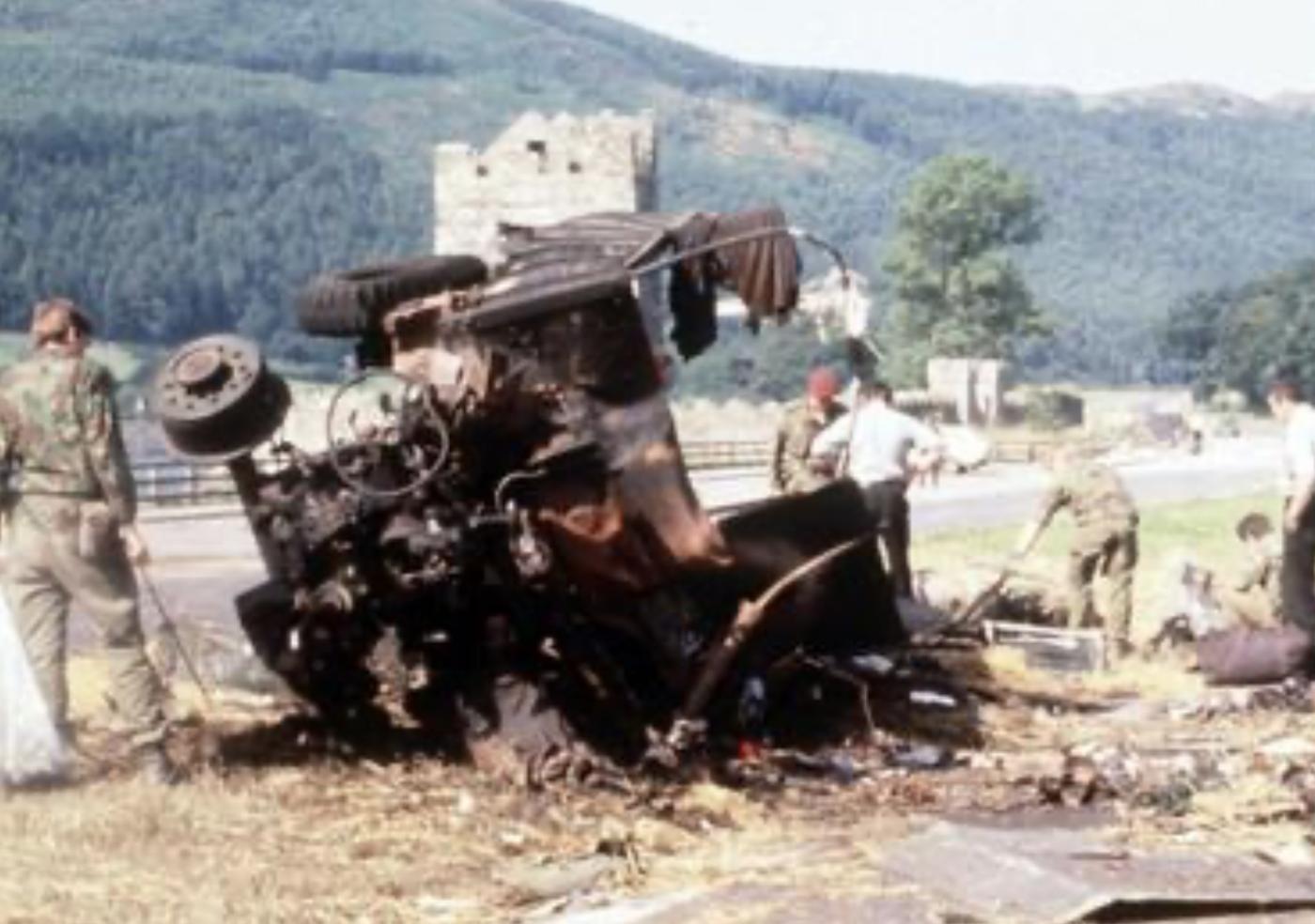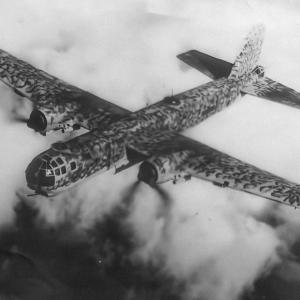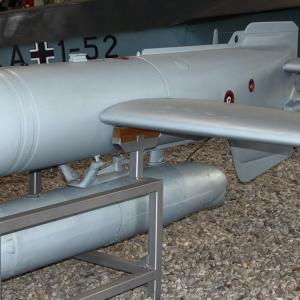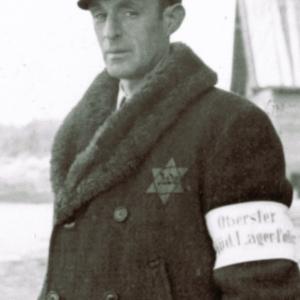
On this day in military history…
On August 27, 1979, one of the deadliest attacks on British forces during the Troubles in Northern Ireland occurred in the quiet seaside town of Warrenpoint, County Down. This incident, commonly referred to as the Warrenpoint massacre, was carried out by the Provisional Irish Republican Army (IRA) and resulted in the deaths of 18 British soldiers and injuries to several others. It was a meticulously planned double bomb attack that demonstrated the IRA's capacity for precision, violence, and psychological impact.
The day began with a routine patrol by the British Army's Parachute Regiment, who were moving along the Narrow Water area near Warrenpoint, a known flashpoint due to its proximity to the border with the Republic of Ireland. At approximately 4:40 pm, a powerful roadside bomb hidden in a parked lorry was detonated as an army convoy passed by. The blast killed six soldiers instantly and left others seriously wounded. Chaos ensued as rescue and recovery efforts began, with reinforcements and emergency services rushing to the scene.
About 30 minutes later, as British troops and medical personnel were attending to the aftermath of the first explosion, a second, even larger device was triggered remotely from across the border. The bomb had been hidden in milk crates and placed in woodland near where senior army officers and other personnel had gathered. The second explosion was devastating. It killed 12 more soldiers, including officers and men attempting to provide aid. In total, 18 British soldiers lost their lives that day—making it the deadliest attack on the British Army during the entire conflict.
Several soldiers were also wounded, though the precise number of injuries was never officially confirmed. Some reports mention up to six seriously injured, with others suffering minor injuries or psychological trauma from the intensity of the blasts.
Among the dead were men from the 1st Battalion of the Parachute Regiment and members of the Queen’s Own Highlanders who were assisting with logistics. Many were young men in their twenties, while others were more senior, including Captain David Blakely and Lieutenant Colonel David Blair, a commanding officer who had just returned to duty from leave.
The IRA claimed responsibility for the attack later that day, describing it as a legitimate military operation in their campaign against British presence in Northern Ireland. The operation was believed to have been carried out by the IRA’s South Armagh Brigade, known for their skillful use of terrain and guerrilla tactics. The explosives had been carefully planted in advance, with lookout teams and remote detonation systems positioned safely across the nearby border in the Republic of Ireland—out of reach of British security forces.
Despite extensive investigations by the Royal Ulster Constabulary (RUC) and the British Army, no one was ever convicted in connection with the Warrenpoint massacre. The attackers had planned the operation with precision and escaped across the border undetected. Intelligence sources suggested the involvement of experienced IRA members, but the lack of forensic evidence, combined with the complex jurisdictional challenges at the time, meant the perpetrators remained unidentified and at large.
The Warrenpoint attack occurred on the same day that Lord Louis Mountbatten, a cousin of Queen Elizabeth II and former Viceroy of India, was assassinated by the IRA in a separate bombing off the coast of Mullaghmore in County Sligo. The two attacks, coordinated for maximum impact, shocked the British public and government. They marked a turning point in the conflict, drawing both condemnation and increased support for military and political responses.
The Warrenpoint massacre remains a deeply painful memory for many, symbolizing the deadly cycle of violence during the Troubles. It serves as a reminder of the high human cost of the conflict and the complexities involved in finding peace amidst decades of division.










